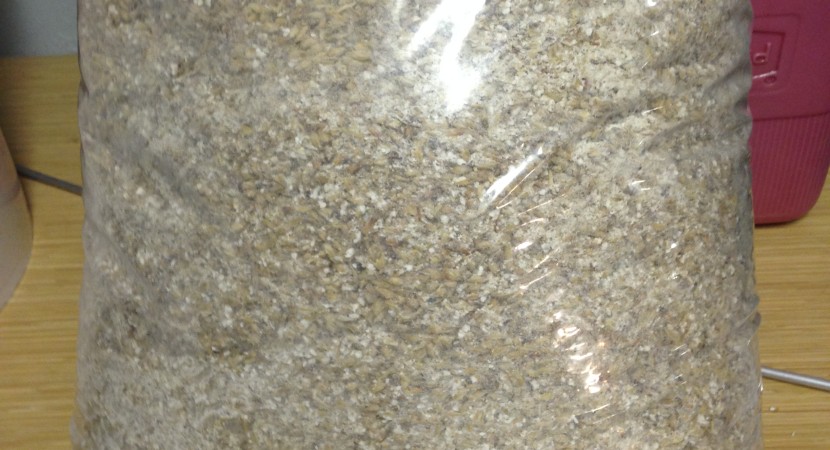According to the original German Purity Law of 1516 there were only three ingredients allowed in beer: grain, hops, and water. Yeast wasn’t on the list at that time. It was added sometime in the 1800’s.
For now I will talk about grain, because without grain you really wouldn’t have beer as we know it and have come to love. There are three main grains that are used in the brewing of beer. They are: barley, which is the most popular, wheat, being second most popular, and lastly rye. This is not to say that other grains aren’t used, these are just the most popular and the only three allowed according to the German Purity Law. It is the grain that gives us the wort, which is the sweet raw beer before the yeast has fermented the sugar out.
As with most things “beer” there is more to grain than meets the taste buds. Not to worry – this is a good thing. From the time grain is harvested from the fields, to the time it reaches your BBF (Best Brewing Friend) supplier, it goes through a process called malting. It is during the malting process that maltsters produce the grain you brew with. The malting process takes the raw grains spread in thin layers. The grain is then moistened which allows it to begin to sprout. At this point the grain is heated and dried which stops the newly sprouted grain from continuing to grow.
It is this heating process which gives malted grain its different characteristics. Depending on the temperature and length of time determines how the malted grains will affect taste, color, and available starches that will be converted to sugar in your mash.
So let’s toast a pint of home brew to the maltsters, and start planning our next batch!






Reply